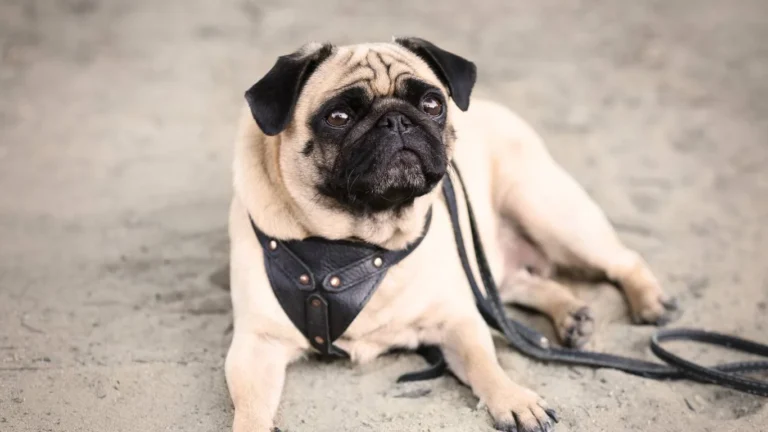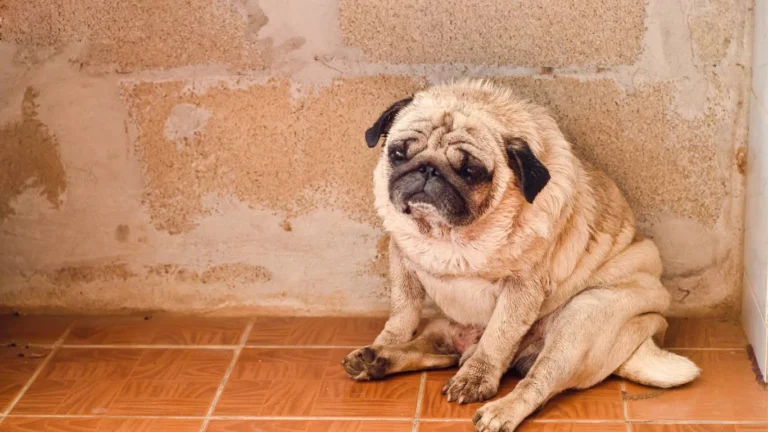Urinary Problems in Dogs: What to Do When Your Dog Struggles
If you’ve ever found yourself Googling what to do if your dog has trouble urinating, trust me—you’re not alone. As a Veterinary Assistant who’s spent a ton of time in exam rooms comforting worried pet parents, I’ve seen this issue more often than you’d think. It’s scary watching your pup struggle just to pee, especially when they’re pacing, squatting repeatedly with no luck, or even yelping in pain. It’s something that shouldn’t be ignored, and I’m here to walk you through what’s going on, how to spot the signs early, and what steps to take—based on both medical insight and real-world experience.
Spotting the Signs Early
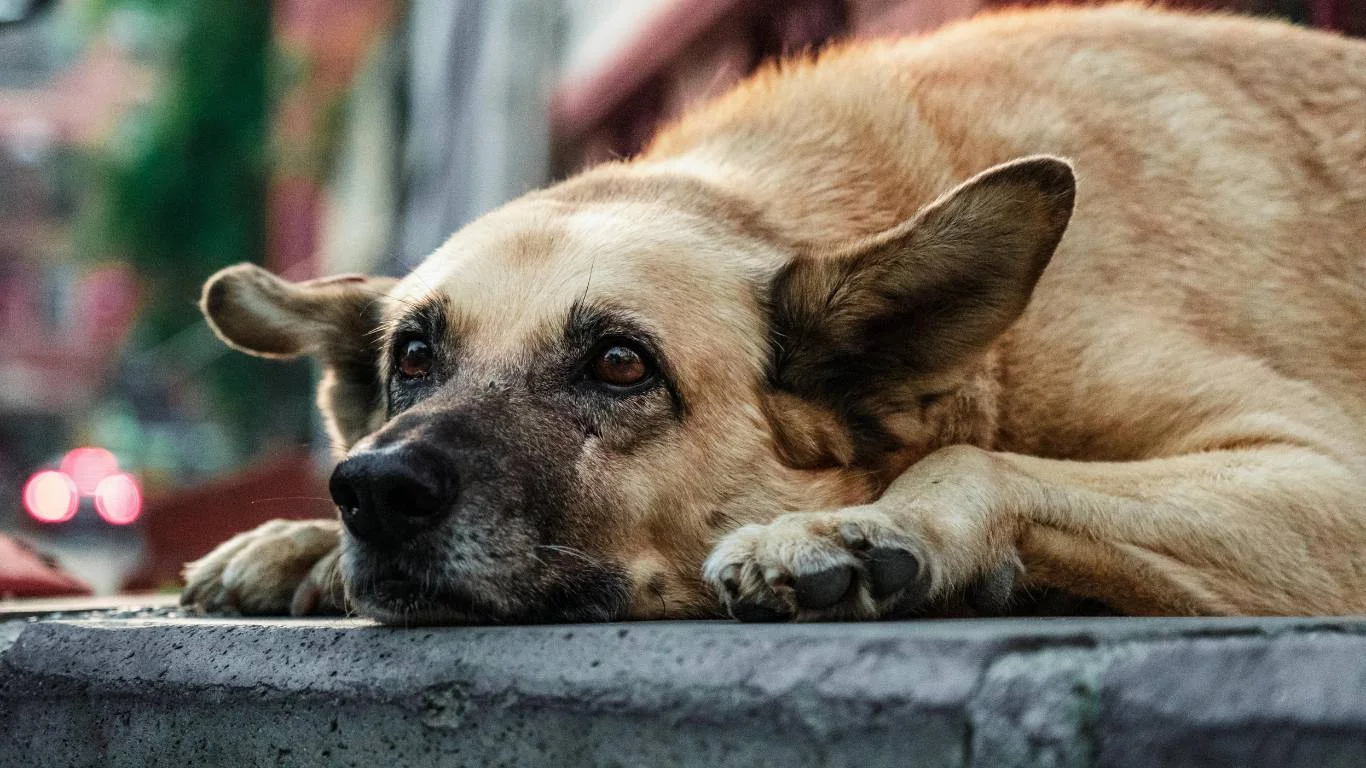
Not Just “Weird Peeing”
It might seem like a minor thing at first—maybe your dog’s just sniffing around longer or taking ages to “go.” But when it becomes obvious they’re straining, producing very little urine, or worse, none at all, it’s a red flag. I had a sweet senior Cocker Spaniel patient named Max who came in barely able to squat before standing back up in frustration. His mom thought he just didn’t like the cold. Turns out, he had a partial blockage due to crystals. Catching it early saved him from a much worse situation.
Other Subtle Clues You Might Miss
Here’s a quick list of signs that might not scream “urinary problem” at first glance but totally can be:
- Increased licking around the genitals
- Whining or restlessness
- Frequent accidents in the house
- Visible discomfort while trying to urinate
- Blood in the urine or dark-colored pee
Pro tip: If your dog is acting weird about potty time, trust your gut. It’s always better to be safe than sorry.
Common Causes of Urinary Issues in Dogs

Urinary Tract Infections (UTIs)
Just like in humans, dogs can get UTIs, especially females. One of my younger patients, a spunky Frenchie named Bella, came in with a mild fever and just wasn’t acting herself. Turns out, it was a UTI—and it cleared up quickly with meds. They’re super common but can escalate fast if untreated. If your dog is peeing more often but in small amounts, or seems to be straining, this might be the culprit.
Bladder Stones and Crystals
This one’s a biggie and a bit trickier. I’ve seen quite a few dogs where x-rays showed stones the size of marbles—no wonder they were uncomfortable. Crystals can also irritate the bladder lining and cause blockages, especially in males. I always tell pet parents: diet matters here. Some commercial foods are more prone to contributing to crystal formation. We’ll talk more about that soon—nutrition is kind of my thing.
Obstructions or Blockages
This is where things get scary fast. A full blockage can be life-threatening. Male dogs, particularly neutered ones, are at higher risk due to their narrower urethra. If your dog is trying to pee and literally nothing is coming out, it’s an emergency. Don’t wait. I’ve held more than one terrified pup in my arms while we rushed to insert a catheter and relieve the pressure.
When You Need to See the Vet (Spoiler: Sooner Than You Think)

Red Flags That Should Have You Calling the Vet Today
There are some situations that aren’t up for debate—you need a vet. If your dog:
- Can’t urinate at all
- Is crying or yelping while peeing
- Has visible blood in the urine
- Is lethargic or vomiting
- Has a bloated or painful abdomen
Don’t second-guess yourself. I’ve had countless owners tell me, “I wasn’t sure if I should come in,” and then feel a wave of relief when they find out they made the right call. And remember, if you’re ever unsure, most vet clinics will happily give quick guidance over the phone.
Why Waiting Can Be Dangerous
The urinary system is delicate, and problems escalate fast. A simple UTI can lead to a kidney infection, and a blocked bladder can cause it to rupture or shut down the kidneys altogether. This isn’t meant to scare you—just a friendly PSA from someone who’s seen both the best and worst-case scenarios. The sooner you act, the better the outcome tends to be.
How Nutrition Plays a Role in Urinary Health

The Diet-Urine Connection
This part is super close to my heart, not just because of my role as a Veterinary Assistant—but because I specialize in pet nutrition too. When pet parents ask me what to do if your dog has trouble urinating, one of the first things I look at (after the immediate medical stuff) is what they’re eating. Believe it or not, food can either help prevent urinary issues or make them worse. It’s that powerful.
Some dogs are just prone to forming crystals or stones based on their breed or biology, but an unbalanced diet can tip the scale. I remember a beagle named Duke—super sweet, always wagging. He kept coming in with recurring UTIs. After we switched him to a urinary-specific formula and encouraged more water intake, his symptoms vanished. No meds, no drama—just better food.
What You Should Look For in Food
Here are some nutrition pointers I often give during consults:
- Moisture-rich foods: Wet food or adding water to dry kibble helps flush the bladder.
- Controlled minerals: Especially phosphorus, magnesium, and calcium—too much can lead to stone formation.
- pH-balanced: Some therapeutic diets are formulated to maintain a healthy urine pH, which discourages crystal growth.
And don’t forget hydration! A lot of urinary issues stem from concentrated urine. I’m always that “annoying hydration cheerleader” at the clinic, but it really does make a difference.
Home Monitoring Tips (Before It Becomes a Big Deal)

Watch the Potty Routine Like a Hawk
Okay, I know it sounds a bit much, but keeping tabs on your dog’s bathroom habits can save you a whole lot of trouble later. You don’t have to journal it (unless you want to be that kind of pet parent—I support you!). But just noticing trends is enough.
If your pup starts waking up at night to go out more, hesitates before peeing, or just seems “off” during potty breaks, jot that down or snap a quick note in your phone. It might feel like nothing, but I’ve seen those little clues help us catch something early.
Check the Pee—Yup, You Heard Me
I always joke with new pet parents that you’re not officially a dog owner until you’ve knelt in the yard squinting at pee spots. But seriously—color, smell, and frequency are all clues. Here’s a quick pee-color cheat sheet:
- Straw yellow: Normal
- Dark yellow or orange: Dehydration
- Red or pinkish: Blood—call your vet
- Cloudy: Could indicate an infection or crystals
And if it smells really strong or strange? Another reason to call your vet sooner rather than later.
Vet Diagnostics: What to Expect
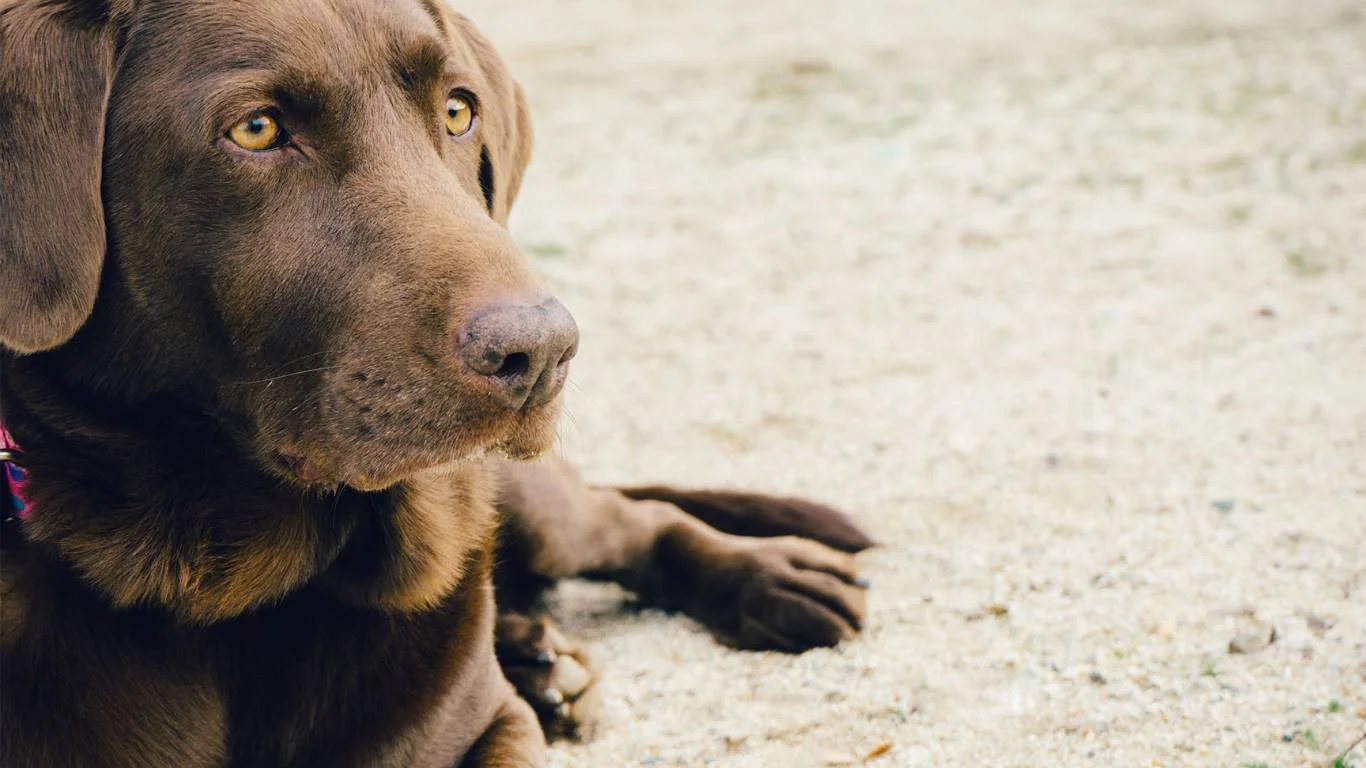
No, It’s Not “Just a UTI”—Let’s Find Out
When your dog’s having trouble peeing, don’t be surprised if your vet recommends a few tests. I’ve had folks look super worried when we start talking about urinalysis, x-rays, or even ultrasound—but I always tell them: it’s about being thorough, not dramatic.
Here’s what’s commonly done:
- Urinalysis: This checks for infection, crystals, blood, pH, and more. It’s like a snapshot of what’s going on.
- Culture & sensitivity: If there’s bacteria, this test finds out which antibiotic will work best.
- X-rays or ultrasound: These help spot stones, tumors, or anatomical issues that might be blocking urine flow.
One time we had a German Shepherd named Luna come in with what we thought was a simple infection. But her ultrasound showed a rare congenital issue in her bladder. If we’d stopped at antibiotics, we would’ve missed it entirely. That’s why diagnostics matter—they give us the full story.
Trust the Process—Even If It’s Stressful
I totally get it—vet visits can be overwhelming, especially if your dog is already uncomfortable. But the good news? Most urinary issues are treatable once we know what we’re working with. You’ve just got to act fast, stay curious, and ask all the questions (your vet won’t mind, I promise).
And hey, don’t beat yourself up if you missed some early signs. You’re here now, reading this, learning more. That’s what counts. That’s what good dog parents do.
Post-Treatment Care: Helping Your Dog Heal and Stay Healthy

The Recovery Phase—What It Really Looks Like
Once your dog is back home from the vet, the journey doesn’t stop there. I’ve seen plenty of pet parents breathe a huge sigh of relief once treatment starts—but post-care is just as important. One Labrador I worked with, named Toby, had a catheter placed for a blockage. His recovery was smooth *only* because his family followed the vet’s discharge instructions to the letter—meds, rest, hydration, and follow-ups.
Here’s what I usually recommend for dogs recovering from urinary trouble:
- Stick to prescribed meds: Even if your dog seems better after a few days, complete the full course of antibiotics or pain relievers.
- Encourage water intake: Use multiple bowls, add water to food, or try low-sodium broth if your pup’s picky.
- Limit activity if advised: Especially if surgery or catheterization was involved. Let them rest!
- Watch for setbacks: Peeing less again? Lethargy? Go back to your vet. Don’t wait.
Follow-up tests may be needed, depending on the cause. If your dog had stones, for example, your vet might suggest periodic x-rays or urine checks to make sure they’re not coming back.
Preventing Urinary Issues Moving Forward
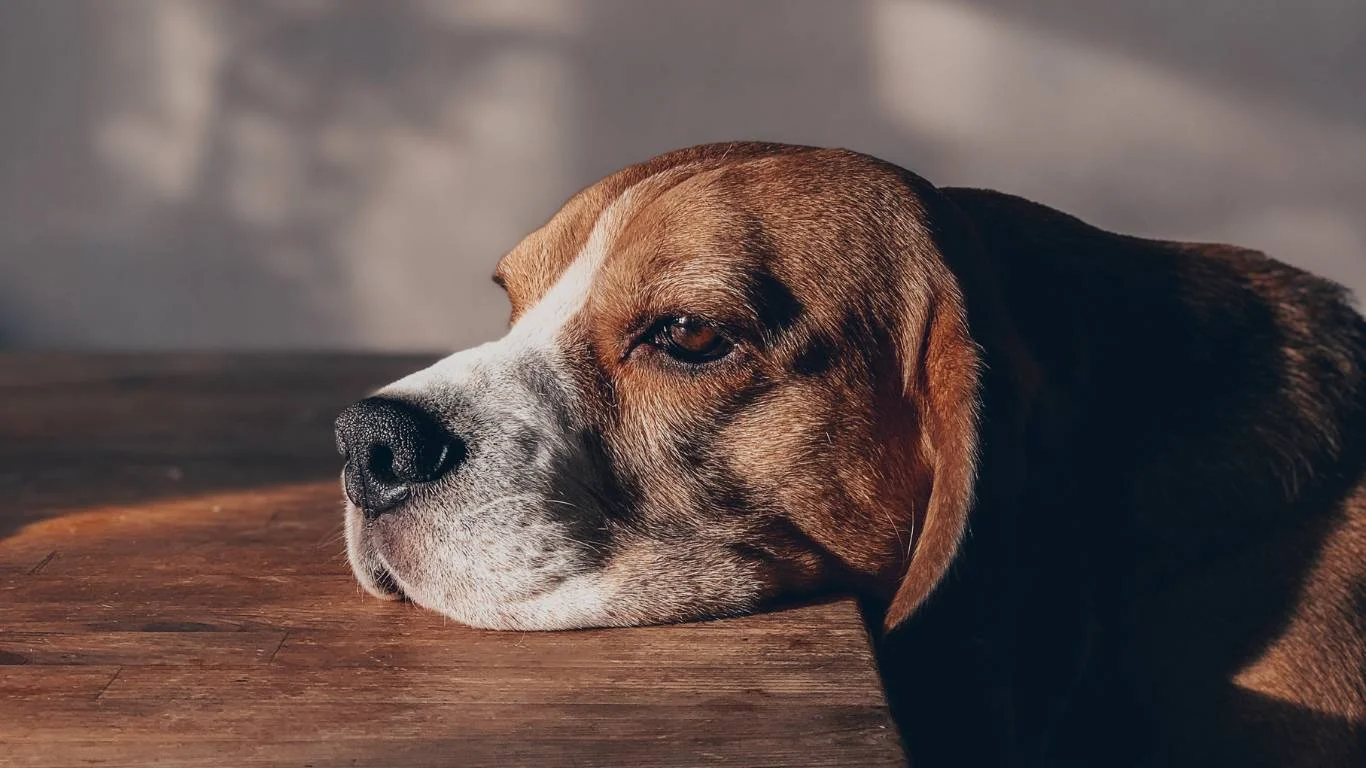
Routine is Everything
Let me tell you—prevention beats treatment *every single time*. From my experience in clinics, most urinary problems don’t pop up overnight. They build up slowly. But with the right habits, you can make a huge difference in your dog’s health.
Simple changes that go a long way:
- Regular bathroom breaks: Holding urine too long can lead to infections. Don’t skimp on those walks.
- Annual vet visits: Or even twice a year if your dog’s older or has a history of urinary issues. These check-ups help catch stuff early.
- Stick to a balanced, vet-approved diet: Especially if your dog has a known issue with crystals or stones.
- Keep your dog at a healthy weight: Overweight dogs are more prone to all kinds of issues—including urinary problems.
Hydration Hacks from the Vet Assistant Life
In the clinic, I’ve had to get creative with water intake, especially for picky drinkers. Here are a few hacks that worked wonders for our patients:
- Ice cubes as treats—especially frozen broth cubes
- Pet water fountains (some dogs love moving water!)
- Mixing wet and dry food
- Flavoring water with low-sodium chicken or beef broth
Just make sure anything you add is vet-approved—some broth brands contain onions or garlic, which are toxic to dogs.
Empowering Yourself as a Pet Parent
Trust Your Instincts, Always
I’ve said it before, and I’ll say it again—nobody knows your dog like you do. If something feels “off,” even if it’s small, don’t second-guess yourself. I’ve seen so many outcomes improve just because a pet parent chose to act on a hunch.
And don’t be afraid to ask questions. Good vets *love* an engaged and informed pet parent. That curiosity? It makes a real difference. It tells us you’re part of the team, and it helps us give your pup the best care possible.
Stay Educated with Reliable Resources
There’s a lot of information out there (and yeah, some of it is downright sketchy). Stick to trusted sources when researching dog health topics. A few reputable sites include:
- American Veterinary Medical Association
- Cornell University College of Veterinary Medicine
- VCA Animal Hospitals
And of course, nothing beats advice straight from your vet—especially one who knows your dog’s medical history.
Be Your Dog’s Best Advocate
It can be nerve-wracking dealing with health scares, but you’re not alone in this. Whether you’re managing a chronic issue or just being proactive, what matters most is that you’re paying attention. You’re asking questions. You care. And that makes all the difference.
So next time you’re wondering what to do if your dog has trouble urinating, remember this: take action, stay informed, and trust your gut. Your dog is lucky to have you in their corner.
Disclaimer: This article is intended for informational purposes only and should not replace professional veterinary advice. Always consult your veterinarian for diagnoses and treatment tailored to your pet’s individual needs.

